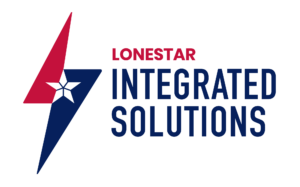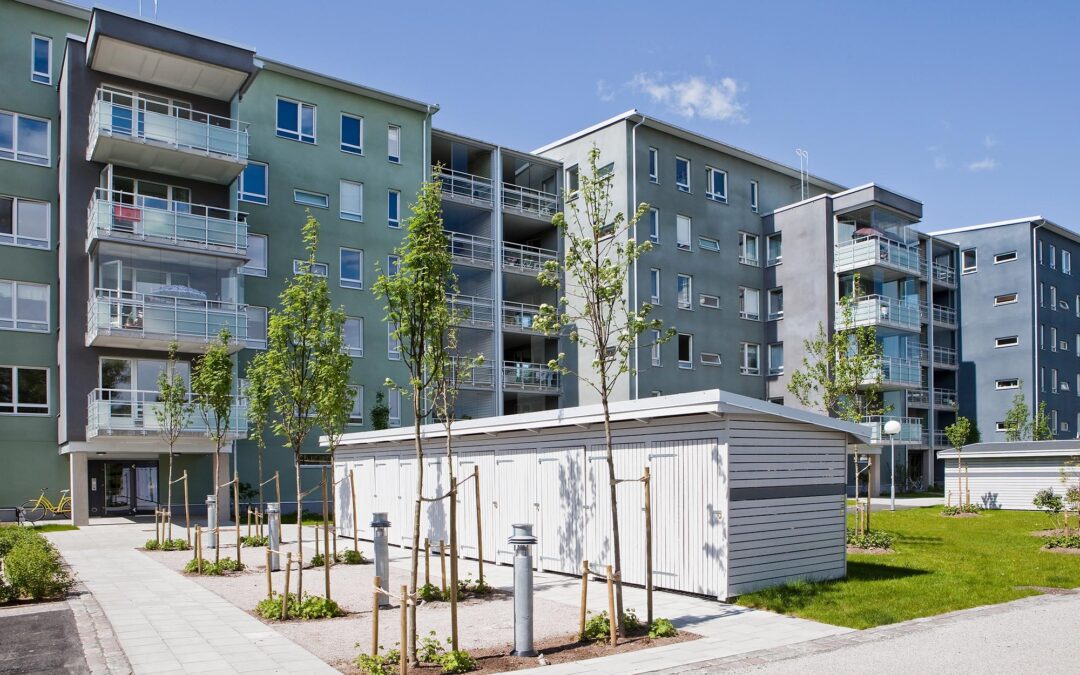As the adoption of EVs continues to grow, the demand for chargers is becoming a critical consideration for property managers and developers. This article showcases incentives that can make the installation of stations more manageable and cost-effective, especially for EV chargers for multi-family properties.
The Rising Demand for EV Chargers
According to the International Energy Agency (IEA), the number of electric cars on the road worldwide surpassed 10 million. This trend is expected to continue, with some estimates suggesting that electric vehicles could account for 30% of all new car sales by 2030. For multi-family properties, this surge in EV adoption translates to a growing demand for convenient and reliable charging options. Residents can access EV chargers as a standard amenity, similar to parking spaces or high-speed internet. This expectation presents both a challenge and an opportunity for property managers and developers.
Infrastructure Options for Your Properties
As the need for EV chargers for multi-family properties becomes more important, managers and developers should look into the following options:
- Level 1 Chargers: Level 1 chargers are the simplest and least expensive option. They use a standard 120-volt outlet and provide around 2 to 5 miles of range per hour of charging. While easy to install, they are not suitable for properties with high EV usage due to their slow charging speed.
- Level 2 Chargers: Level 2 chargers are the most common EV chargers for multi-family properties. They require a 240-volt outlet and can provide 10 to 60 miles of range per hour. The installation of Level 2 chargers is more complex than Level 1, often requiring upgrades to the property’s electrical infrastructure.
- DC Fast Chargers: DC fast chargers are the most advanced and expensive option, capable of delivering 60 to 100 miles of range in just 20 minutes. These chargers require significant electrical infrastructure and are typically found in commercial settings or along major highways.
- Networked vs. Non-Networked Chargers: Another layer of complexity involves choosing between networked and non-networked chargers. Networked chargers can be monitored and managed remotely, offering features such as usage tracking, payment processing, and maintenance alerts. Non-networked chargers, on the other hand, are simpler and less expensive but lack these advanced features.
Planning and Installation Considerations for EV Chargers for Multi-Family Properties
Installing EV charging infrastructure during a building’s construction phase is easier and more cost-effective than retrofitting an existing framework.
Electrical Capacity
Assessing the property’s electrical capacity is a crucial first step. Many older buildings may not have the necessary capacity to support multiple EV chargers, requiring costly upgrades to the electrical system. For new developments, ensuring that the electrical infrastructure is future-proofed for additional chargers can save significant time and money in the long run.
Parking Layout
The layout of parking spaces can influence the type and number of chargers that can be installed. It’s important to consider the distance from electrical panels to parking spaces, as well as the potential need for trenching or other modifications to accommodate wiring.
Usage Patterns
Understanding residents’ usage patterns can help determine the optimal number and type of chargers. Conducting surveys or analyzing data from existing properties can provide valuable insights into the likely demand for EV charging.
Accessibility and Safety
Ensuring that charging stations are accessible to all residents, including those with disabilities, is essential. Safety considerations, such as proper signage, lighting, and protection from the elements, should also be considered.
Lonestar provides the best EVSE solutions for multi-family properties across the state of Texas. Take charge today!
4 Cost Incentives and Financial Assistance Options
Various financial incentives and assistance programs are available to help offset expensive EV charger costs:
1. Federal Incentives: In the United States, the federal government offers tax credits for the installation of EV charging stations. The Alternative Fuel Infrastructure Tax Credit provides a credit of up to 30% of the cost of purchasing and installing charging equipment, capped at $30,000 for commercial properties.
2. State and Local Incentives: Many states and municipalities offer additional incentives for EV charger installation. These can include grants, rebates, and tax credits.
3. Utility Programs: Some utility companies offer programs to assist with the installation of EV chargers. These programs may include rebates, reduced rates for electricity used for charging, and technical assistance.
4. Green Building Certifications: Achieving green building certifications such as LEED (Leadership in Energy and Environmental Design) can provide additional financial benefits and enhance a property’s marketability. Incorporating EV charging infrastructure into a development can contribute points towards certification, making the property more attractive to environmentally conscious residents.
The Future of EV Charging for Multi-Family Properties
Providing adequate EV chargers for multi-family properties will only continue to grow as an industry trend in the future.
Scalability
Planning for scalability is essential. Installing a limited number of chargers initially, with the ability to add more as demand increases, can help manage costs while ensuring that infrastructure keeps pace with resident needs.
Smart Charging Solutions
Smart charging solutions that can optimize energy use and manage load balancing are becoming more common. These systems can help avoid peak demand charges and reduce overall energy costs, making them an attractive option for property managers.
Integration with Renewable Energy
Integrating EV charging stations with renewable energy sources such as solar panels can boost a property’s sustainability. This approach can reduce reliance on the grid, lower energy costs, and appeal to environmentally conscious residents.
Collaboration with Stakeholders
Collaboration with residents, utility companies, and government agencies is key to successfully implementing EV charging infrastructure. Engaging residents early in the planning process can help ensure their needs are met, while partnerships with utility companies and government agencies can provide valuable support and resources.
Charging Infrastructure Solutions for Multi-Family Properties Available Through Lonestar
At Lonestar, we make the process seamless and efficient, helping your multi-family building maximize all available incentives for EV charger installation. Our expertise ensures you benefit from every opportunity, making your property more attractive and sustainable. Reach out to build a relationship today.

